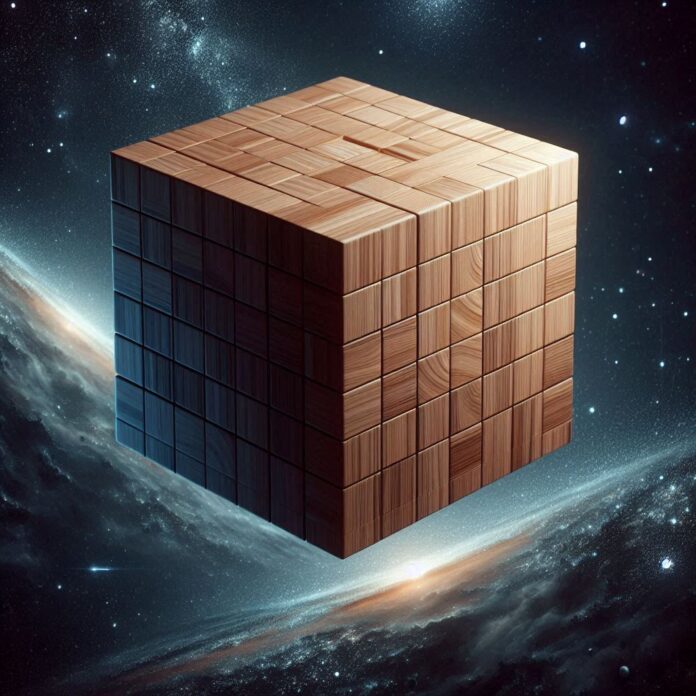The first wooden satellite to be launched into space this summer has captured the attention and curiosity of millions of people. Is such an artifact viable? Why and why work with this scientific novelty? To begin with, it is an international project in which American and Japanese researchers have collaborated, under the direction of Kyoto University.
Of course, it has a name: LignoSat. This combination of words responds to the prefix ligno, which means wood, and satellite. It is the size of a coffee cup, in the shape of a cube, 10 centimeters and is made with magnolia wood and solar panels.
Ecological alternative
This device, weighing around one kilogram, represents an ecological alternative to traditional satellites, made of aluminum. Wood is more environmentally friendly. Scientists argue that in space, it neither rots nor burns; It turns into ash upon re-entering the atmosphere, so, unlike aluminum, it turns out to be a biodegradable material that could help stop space debris (More than 9,300 tons of space objects, such as inoperative satellites and pieces of spent rocket stages, currently orbit the Earth).
On the contrary, aluminum can create alumina particles and affect the climate and communications. In the words of the architects through a statement from Kyoto University, “it is an extremely valuable step for both the space industry and the wood industry.” A sustainable resource for space.
magnolia wood
Already at the beginning of the year, this team of scientists successfully tested their wood samples aboard the International Space Station (ISS). “Three wood samples were tested and showed no deformation after exposure to space,” the researchers said in a statement. “Despite the extreme environment of outer space involving significant temperature changes and exposure to intense cosmic rays and dangerous solar particles for 10 months, tests confirmed that there is no decomposition or deformations, such as cracks, warps, peeling or damage to the surface ».
To decide which wood to use, scientists sent three wood samples (magnolia, cherry or birch) to the ISS to be stored in a module exposed to space. The researchers decided on magnolia because it is less likely to split or break during manufacturing.
Will be released this summer
The next step will be on June 4, when they will deliver the new satellite to the Japan Aerospace Exploration Agency (JAXA) because the plan is to launch it this summer from the Kennedy Space Center (Florida) and send it to the International Space Station .
Once it begins its space journey, scientists will analyze the data from the new satellite and study the potential of wood with the aim of including wood as a manufacturing material to make space flights more sustainable.






![[Img #74129]](https://thelatestnews.world/wp-content/uploads/2024/10/Can-plants-hear-150x150.jpg)



![[Img #74129]](https://thelatestnews.world/wp-content/uploads/2024/10/Can-plants-hear-300x200.jpg)

Add Comment